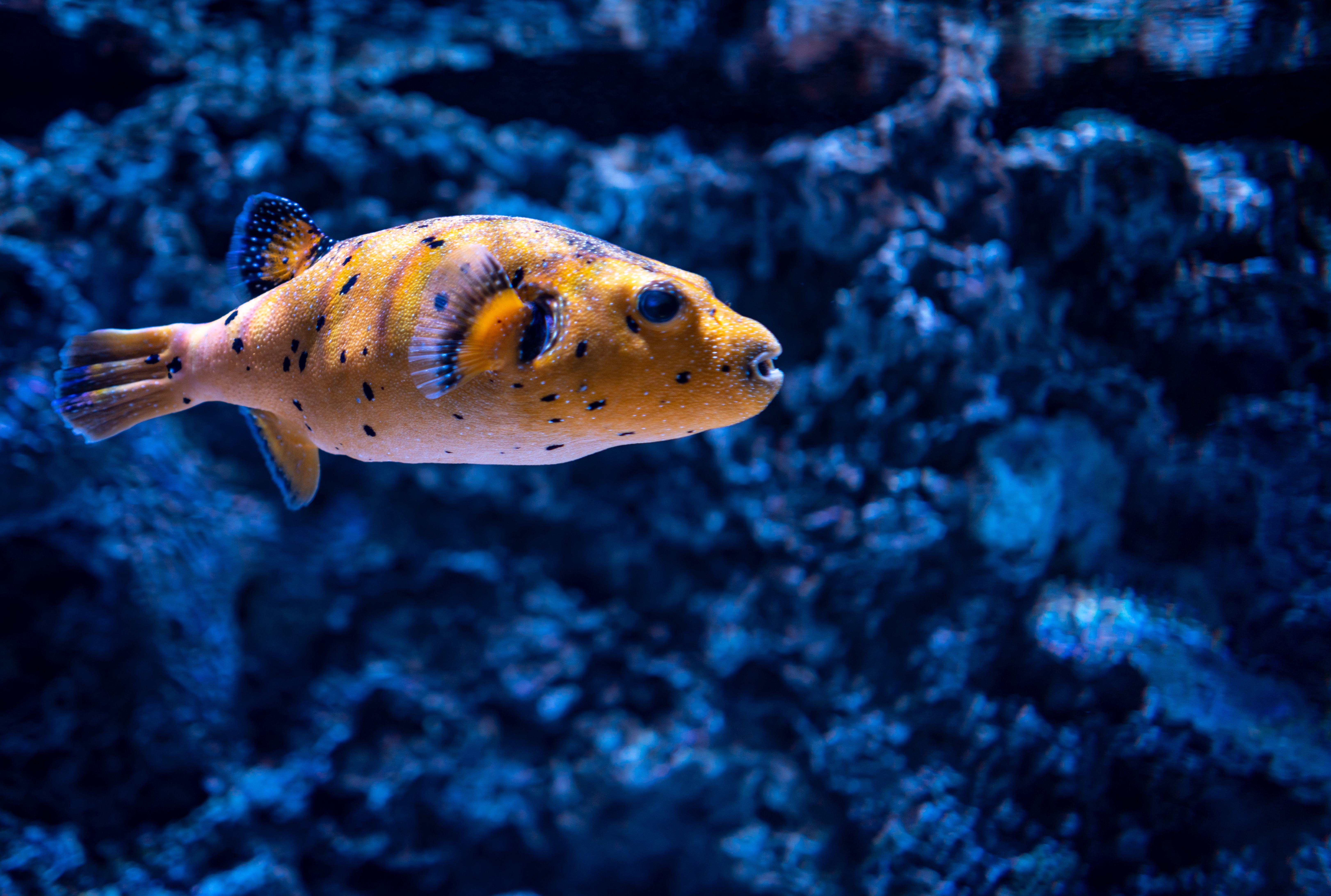Commercial Fisheries and PIT Tags: Improving Stock Assessment Accuracy

Strong 8k brings an ultra-HD IPTV experience to your living room and your pocket.
In the world of commercial fishing, knowledge is power—and that power hinges on data. As global fish stocks face mounting pressure from overfishing, habitat loss, and climate shifts, the industry must lean on smarter, more precise methods of monitoring. One small innovation making a big splash? The PIT tag.
Short for Passive Integrated Transponder, a PIT tag is a tiny microchip about the size of a grain of rice, injected under the skin of a fish. This tag contains a unique ID code. When the fish passes a scanner or antenna, the code is logged, along with the time and location. It’s a simple but revolutionary way to track fish throughout their life cycle—and it’s completely changing how we assess fish populations.
Let’s explore how these tags are transforming stock assessments, boosting sustainability, and giving commercial fisheries a clearer view of what’s happening beneath the surface.
The Trouble with Traditional Stock Assessments
Fisheries science has come a long way, but traditional stock assessment methods still leave room for improvement. Techniques like trawl surveys, visual counts, and manual tagging are labor-intensive, time-sensitive, and often give only a snapshot of fish populations.
Without accurate stock data, fisheries risk overharvesting, missing key conservation signs, or underestimating population shifts due to environmental changes. This is where the tag comes in—a reliable, long-lasting solution that offers precision without interfering with the fish’s natural behavior.
How PIT Tags Work
Each tag is encoded with a permanent, unique identification number. After being inserted into a fish (usually in the body cavity or behind the dorsal fin), the tag can be detected by a tag reader installed at key points like fish ladders, hatcheries, weirs, or river outlets.
Unlike GPS or acoustic tags, a tag doesn’t require a battery. It only activates when it comes near an electromagnetic field produced by a reader, making it highly energy-efficient and capable of lasting the fish’s entire life. That means more reliable long-term tracking with minimal disruption.
Benefits for Commercial Fisheries
1. Data That Scales
Commercial operations deal with thousands—even millions—of fish. The tag is ideal for this scale because it allows for automated, high-throughput tracking. Once the infrastructure is in place, large volumes of data can be collected with minimal human labor.
Whether it’s tracking migration routes or estimating survival rates, the tag system offers a level of scalability that traditional methods simply can’t match.
2. Better Stock Estimates = Smarter Decisions
In regions like the Pacific Northwest, fisheries have tagged and monitored millions of fish using the tag technology. That data feeds directly into predictive models that estimate how many adult fish will return from the ocean, and how many juveniles survive to maturity.
This leads to smarter quota decisions, more precise harvest planning, and reduced bycatch. For example, in Columbia River salmon runs, the tag data has helped improve return forecasts by more than 30%, a game-changer for seasonal planning.
3. Minimally Invasive, Long-Term Monitoring
For commercial fisheries to be truly sustainable, the tools used can’t harm the stock. These tags are a gold standard in this respect. They are non-toxic, biocompatible, and don’t hinder the fish’s natural movements.
Once inserted, the tag remains inside the fish for life, requiring no maintenance. And because it operates passively, it doesn’t drain resources or rely on signal strength like other tech-heavy options.
Case Study: PIT Tags in Action
Let’s take a closer look at one fishery that’s put these tags technology to work.
Columbia River Basin
In the Columbia River Basin, an integrated system of these tags readers tracks fish at dozens of checkpoints, including hydroelectric dams, fish hatcheries, and natural migration corridors.
Over 30 million fish have been tagged, and the resulting data has helped inform everything from dam operation schedules to fishing seasons. When these tag readers detect a decline in juvenile survival, fisheries managers can adjust water flows or habitat restoration efforts accordingly.
This real-time monitoring has not only protected vulnerable species like Chinook salmon and steelhead but has also helped the fishing industry avoid unexpected closures and fines.
Pitfalls to Avoid and Best Practices
While PIT tag technology is powerful, it’s not a silver bullet. Here are a few things commercial fisheries must keep in mind:
- Initial setup cost: Installing PIT tag readers can be costly, though the long-term savings and data returns often outweigh the investment.
- Species limitations: PIT tags are most effective in fish large enough to carry the chip without discomfort—generally those over 60 mm in length.
- Infrastructure dependency: The system relies on fixed detection points, so mobile fish (like those in wide oceanic ranges) may need supplementary tracking methods.
That said, when used in conjunction with other tools—like sonar, genetic analysis, or satellite data—these tags play a crucial role in an integrated monitoring strategy.
The Global Push for Traceability
In recent years, consumer demand for traceable, responsibly sourced seafood has skyrocketed. Governments and retailers are now pushing fisheries to prove their sustainability credentials.
Enter the PIT tag.
When used properly, the tag data can support third-party certification efforts like those from the Marine Stewardship Council (MSC) or the Aquaculture Stewardship Council (ASC). They provide concrete evidence that a fish was part of a monitored stock, harvested legally, and managed responsibly.
This not only builds trust with regulators but also adds value in premium markets that reward transparent supply chains.
The Road Ahead: Smarter, Greener Fisheries
As the industry continues to evolve,the tag technology is expected to become even more accessible and versatile. Here’s what’s on the horizon:
- Miniaturization: Making these tags even smaller to monitor a broader range of species
- AI-powered analytics: Turning millions of detection points into predictive insights
- Cloud integration: Creating real-time dashboards for fisheries to monitor trends
- Cross-border data sharing: Especially important for migratory species like tuna and salmon that cross jurisdictions
With global fish demand projected to rise 20% by 2030, the pressure is on to find solutions that are not just innovative but also sustainable. The tag technology is proving to be one of the strongest contenders in this effort.
Final Thoughts
In a time when oceans are changing and accountability matters more than ever, the tag has emerged as a quiet hero in the world of fisheries. It doesn’t make waves—but it makes a world of difference.
For commercial fisheries striving to balance profitability with preservation, investing in tag infrastructure isn’t just a smart choice—it’s a necessary one. With better data, more transparency, and long-term sustainability in reach, the future of responsible fishing starts with a small chip and a big idea.
Note: IndiBlogHub features both user-submitted and editorial content. We do not verify third-party contributions. Read our Disclaimer and Privacy Policyfor details.







